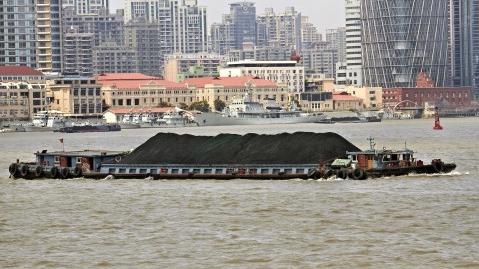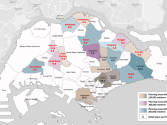
Will coal power be double whammied by hydro, wind investments?
When it comes to power generation in Asia, coal is still undeniably the king.
But growing investor interest in hydroelectric and wind power has got analysts thinking that maybe coal is being dethroned very, very slowly.
Now may not be the time for investors to turn their noses up at coal as overall investment is still hitting almost US$900b, however, Neil Martin, manager at Timetric’s Construction Intelligence Center, says that renewable energy such as hydroelectric and wind power is getting increased prominence in the Asia-Pacific region, currently valued at US$389.3bn and US$184.7bn respectively.
“China, although increasing investment in renewable energy, is still spending heavily in coal and nuclear power generation with projects valued at US$104bn and US$203bn respectively. Moderating growth in the economy and environmental concerns in the large cities is beginning to have an effect, so the growth of coal power generation has peaked,” Martin says. It currently accounts for 77% of capacity and will continue to provide the majority of power generation for the coming years.
Hydroelectric, in second place after coal, will make inroads into hydrocarbon fuels' share of power generation. “While in countries such as Nepal and Laos it is the predominant power generation source; however, India, China and Pakistan dominate the value of projects for hydroelectric, with India accounting for a value of US$97bn,” Martin says.
Developing nations enjoyed a 24% increase in wind investment to $58.2 billion last year, their share of this technology expanding to 59%. With $38.6 billion, China alone accounted for over two-thirds of the wind financing in developing countries, driven in part by anticipated reductions in the feed-in tariff.
Bloomberg New Energy Finance claims in a report titled “Global Trends in Renewable Energy Investment 2015” that taking the middle of the 2014 range, and an average capital cost of $1.75 million per MW, as estimated by BNEF, would be equivalent to investment of around $31 billion last year. That would make capacity investment in large hydro about a third of that in wind and a fifth of that in solar. Large hydro would, however, be much larger in investment terms than biomass and waste, or geothermal.
“Total public market investment in wind jumped 120% in 2014 to $5.4 billion, although this was just half its peak level in 2007. Total public market investment in solar rose 73% to a record $8.3 billion, despite concerns over prospects for Chinese PV manufacturers,” BNEF says.























 Advertise
Advertise







